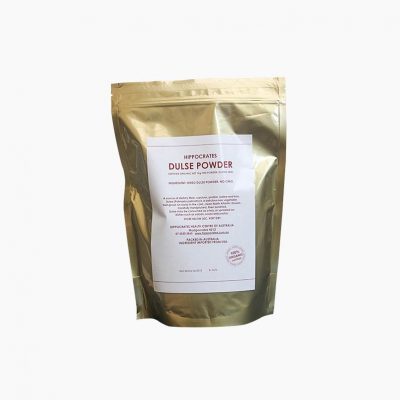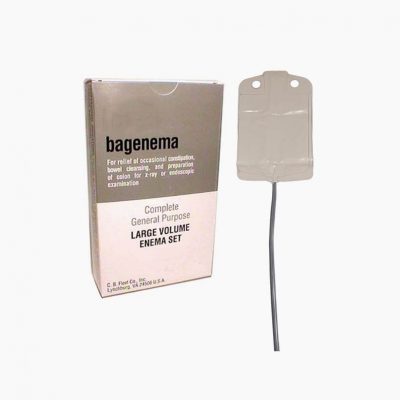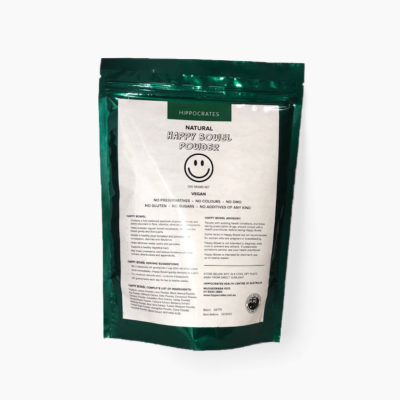The unique composition of human breast milk fat includes fatty acids (lauric acid and capric acid), which have potent antimicrobial properties. These fatty acids offer the nursing infant protection from viruses such as herpes and HIV, protozoa such as giardia lamblia, and bacteria such as chlamydia and helicobacter.
A study published in 1998 in the American Journal of Clinical Nutrition has shown that lactating mothers who eat coconut oil and other coconut products have significantly increased levels of lauric acid and capric acid in their breast milk. Thus, their milk supply has increased amounts of the protective antimicrobials , which will give even greater protection to the nursing infant.
Pregnant females store fat to assure successful lactation. Any lauric acid and capric acid in the diet becomes part of the adipose stores. The milk fat of a lactating mother is made up of these stores as well as her current diet.
When a lactating woman adds foods rich in lauric acid to her diet, the amount of lauric acid available in her breast milk increases to levels three times the original level, and her milk’s capric acid nearly doubles. In countries where coconut oil is a diet staple, levels of lauric acid in the mother’s milk can be as high as 21% and capric acid can be as high as 6%, giving her infant even more protection against viruses, bacteria, and protozoa.
Coconut oil can be used in cooking and baking. Also, the oil’s antimicrobial properties are beneficial for the skin. Women in many cultures rub coconut oil on themselves, and on their babies, to keep skin soft and prevent itching.
Hippocrates Pure Food-Grade Coconut Oil (Virgin, Organic, Cold Pressed, Unrefined, Unbleached, Unhydrogenated, Undeodorised) is available.





